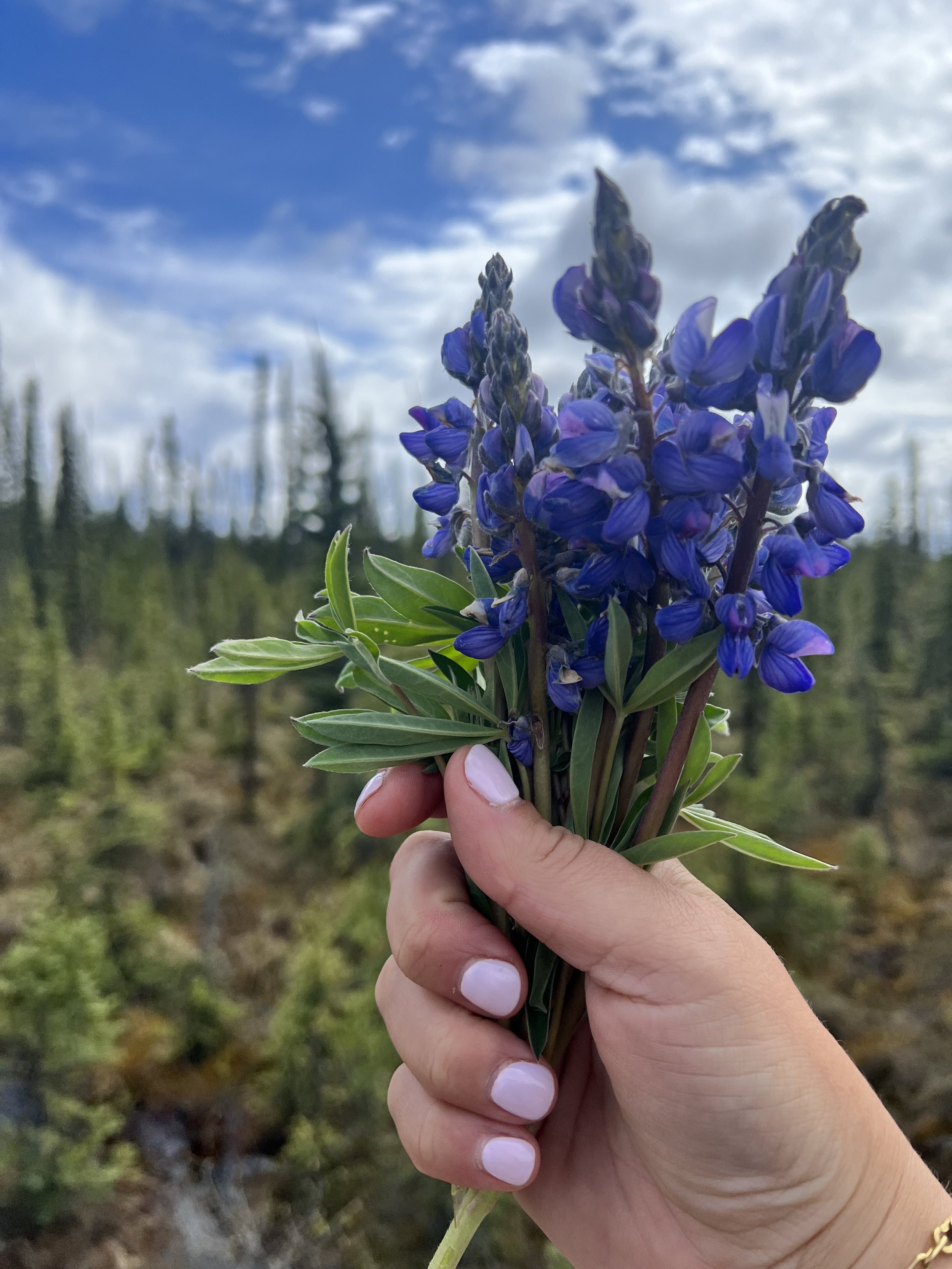The Stories We Tell
I wonder if you do it, too. Make up stories about people you don’t know.
The elderly person in the grocery store line up who smells of cigarettes, wears worn, ill-fitting clothing, and who is approaching the till with four boxes of Hamburger Helper in their walker basket. They’re lonely, I tell myself. They have no one. They’re unhappy. Maybe sick. I can picture their return to the ‘old folks’ home’ from the store. No one’s even noticed they’ve stepped out and no one ever comes to visit. A deep cloud of sadness overwhelms me over a story I’ve created without any factual basis.
Perhaps the Hamburger Helper loving senior has a family member waiting for them outside the store. Years ago, I worked at a bakery and I recall telling myself stories about customers’ lives, only to discover just how wrong I was. The Louis Vuitton toting stay at home mom who I thought had an incredible life was truly in an unhappy marriage and was deeply in debt. The lonely senior actually had a loving and attentive family.
This week, I watched a reel on Instagram. The creator, Paul, builds custom camper vans, and shares an impressive selection of videos and photos that showcase his adventurous and unique way of life. Some reels show him dancing and laughing, sharing moments with friends, enjoying life. The reel I watched was different, though. In it, he is crying. He shares that he’s had a challenging week and that he’s struggled to get out of bed, let alone to work.
Instagram is just “a montage of colour,” he says. It showcases the highest of highs, and rarely captures the lows. And the challenge, he warns, is avoiding comparison.
The act of sharing something online often involves a careful calculation, and over time that calculation can become subconscious. Is this something that portrays the message I am intending to get across? Do I look the way I want to look? Is this something that will resonate with my audience? Does this have value? (And how do you even begin to quantify that?) These can be intuitive, snap-decisions, or can they can take time. They may involve a vision and repeated attempts to capture it correctly. Maybe you’re trying to convey a message or a feeling or capture the nuances of a certain place. But no matter what, sharing and consuming online content involves the construction of a narrative.
The highs are central to social media. They’re the platforms’ bread and butter, if you will. Scrolling through, you might see nothing but highs. The best food, the most incredible views, beautiful homes, lavish events, and unbelievable travel destinations. It’s not that this content is any more or less dishonest than the stories we tell friends or family over a shared meal or at a party. It’s the way they are packaged that requires viewers to be discerning.
The intention to share honestly is genuine. Of course, it is. I have that intention in all my posts. When things are hard, I speak it, or mention it at least. I’ve discussed self-compassion, fear of failure and anxiety about the unknown in my newsletters. I’ve written about sharing with candour. And yet, because I share mostly about the good, I realise, it may create a situation in which the viewer assumes good is all there is. The narrative they create about me might unintentionally omit the fact that my relationship with my body isn’t always good, that my thoughts spiral out of control, that sometimes my PMDD symptoms are hard to manage, that I occassionally spend too much money, and that I really don’t know what I want to do when I ‘grow up’. Instead, they might tell the story of a woman who lives among the trees, who grows her own food, and who has abandoned city life. And that’s true, to some extent. But there is more.
It is important to share in an honest way. It’s important not to contribute to toxic positivity and to normalize mental health so as to end the stigma surrounding it. But at the same time, there is something to be said for gratitude and for the recognition that dwelling on the negative often serves as a self-fulfilling prophecy. I think about that.
In my own viewing, I prefer a positive message. Not a glib message, but one that recognizes challenges, and focusses on moving forward. I choose this because it makes me feel good and it helps me. Although too much “happy greatness” can impact me negatively, too much negativity has the same effect. I must ‘view’ with intention and care.
In other words, the viewer has a responsibility here. Self awareness is critical and we are responsible for drawing boundaries to protect ourselves. We need to remind ourselves, constantly, that there is more to life than what we see online. That the selfie you’re looking at is the very tiniest tip of an iceberg of selfies that just didn’t make the cut. That filters and edits soften (and sometimes, completely augment) reality. That catchy music or trending audio clips drown out the sound linked to the recorded moment. That there is more to it all. This is true around the dinner table too. The story about the wonderful day your friend had has been edited, either intentionally or unintentionally, to fit the occasion and to elicit a desired response. It’s just that images and videos are a little more powerful. And addictive. And it’s that there are an endless supply of them.
Stories are what bind us. They explain back to us the fabric that is our life. We need to be careful with our stories because of this power. We need to share with care and view with discretion. Mental health needs nurturing.




